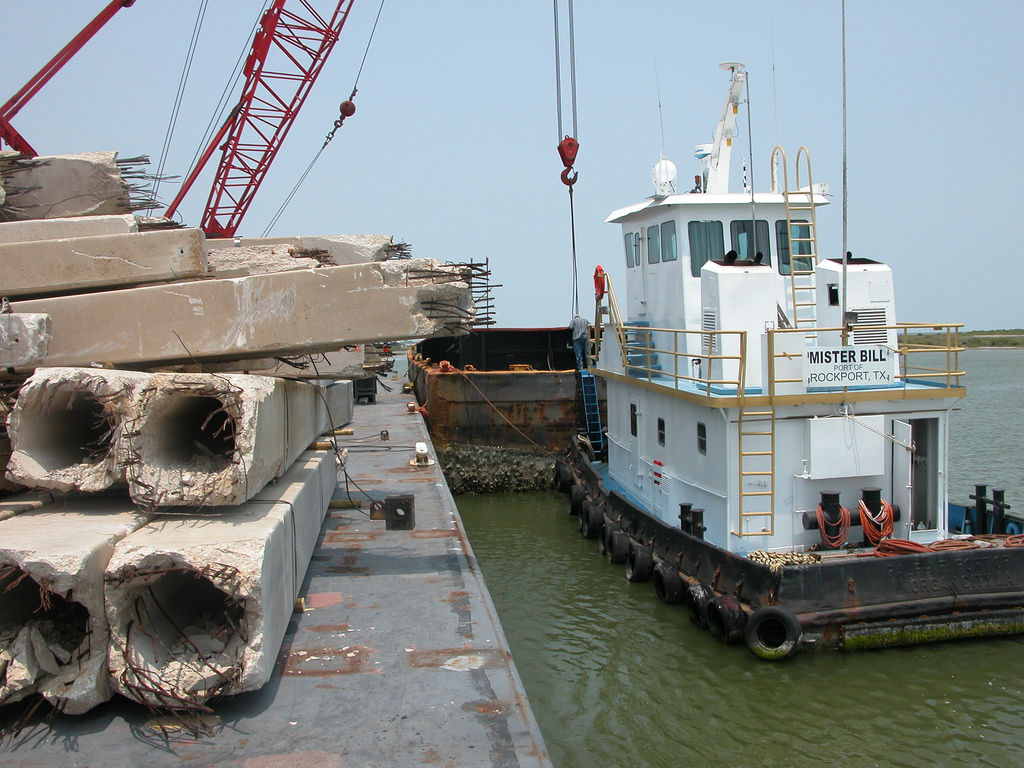Types of Artificial Reefs
Thursday, November 10th, 2016This is Passport to Texas
Artificial reefs created in the Gulf of Mexico provide substrate and habitat for marine life. The distance from shore factors into the kind of materials used for the reefs.
Well, in our program we look at the Gulf of Mexico as a whole.
Dale Shively is artificial reef program leader for Texas Parks and Wildlife
As you get near shore, you get into shallower environments; you get into more mud-type environments. As you travel farther off shore, you get into deeper water, clearer water, more sand-type environments. The materials that we use are related to whatever water depth, and the type of water that we’re working in.
Rubble may be used near shore whereas ships and oil platforms are best in deep water.
In shallower environments, we need materials that are going to fit within a certain clearance—and that clearance is set by the coast guard and by the US Army Corps of Engineers. So, as we travel farther offshore, we’ll get into larger pieces of material such as ships and oil platforms. But, we’ll typically use pre-designed materials such as concrete pyramids, or man-made materials such as quarry rock, concrete culverts, and things like that for the shallower environments.
These reefs, near shore and farther out, attract marine life and create better fishing opportunities for all.
The Sport Fish Restoration Program supports our series.
For Texas Parks and Wildlife…I’m Cecilia Nasti.



 Passport to Texas is a
Passport to Texas is a  Passport to Texas is made available by:
Passport to Texas is made available by: